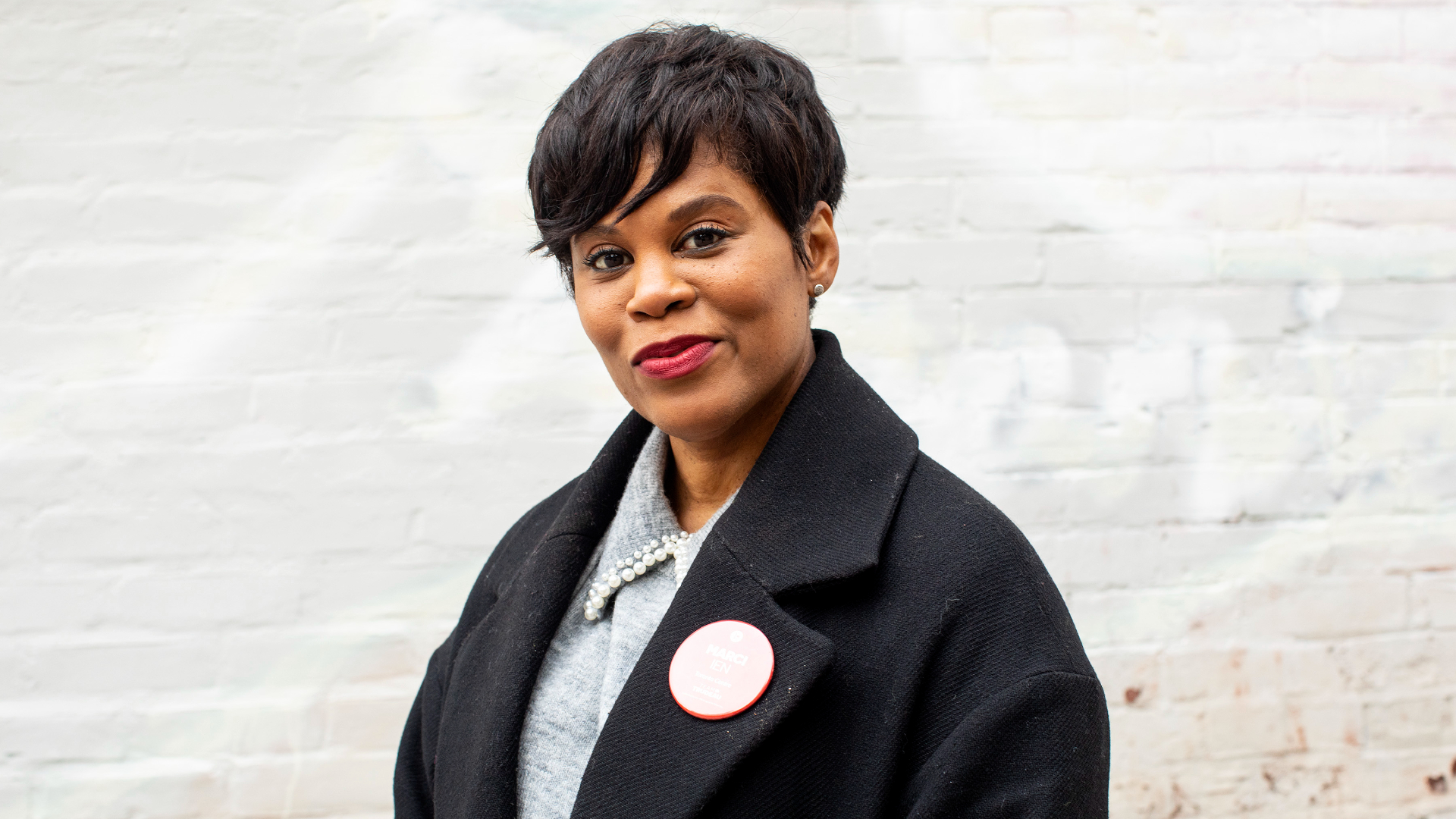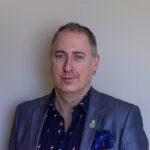During October’s Cabinet shuffle, there was not only a shake up of ministers but also some of the responsibilities within ministerial portfolios. Case in point: the LGBTQ2S+ file. While Bardish Chagger was responsible for queer and trans issues in the previous parliament in her role as minister of diversity and inclusion and youth, that responsibility—and oversight of the LGBTQ2 Secretariat—now moves to Marci Ien, minister for women and gender equality and youth.
The first-time minister will be grappling with a number of pressing issues facing Canada’s LGBTQ2S+ communities—from the still-looming national ban on harmful conversion practices to the rise in anti-trans sentiment across the country—alongside other Liberal ministers.
But unlike Chagger, Ien never once recited to me a canned talking point that has appeared in previous government releases. In speaking with Ien, it was very clear to me that she does feel an investment in the LGBTQ2S+ file. Her ability to talk credibly about the people she met on the road and why their concerns mattered was refreshing in a Cabinet minister—and I’ve interviewed my share over my time on the Hill.
Ien, a former journalist and television host, says she was keen to take on the file, especially as her riding of Toronto Centre includes the city’s queer village.
“I don’t know any other way than to hit the ground running,” Ien tells Xtra. “I’ve got an amazing team, and I said to them, ‘Please send me on the road, to places where I can connect with people and understand the challenges and the gaps.’”
Ien took her first trip, in her second week on the job, to Halifax. “This is the way I learn, this is the way I connect and this is the way I fill in the gaps,” Ien says. “When I went to the Mi’kmaw [Native] Friendship Centre, where I met with a Two-Spirit Indigenous LGBTQ organization, they really pressed home the point that cultural representation is important, especially at this time.”
“I don’t know any other way than to hit the ground running.”
During that trip to the Friendship Centre, Ien says she learned of an increase in cases of intimate partner violence over the course of the pandemic; the centre’s stats on these cases differed from the provincial numbers because people weren’t comfortable publicly sharing their stories.
“Centres like this are seeing increasing numbers in violence against women, violence against the [Two-Spirit] community—things that others aren’t seeing,” Ien says. “We talked about the importance of cultural representation when it comes to counselling.”
That’s a lesson she’s taking back to her home riding. Ien says Toronto Centre is extremely diverse on every front—from income disparities to the Village to its urban Indigenous population, the African-Canadian community and Bengali and Tamil communities.
“I remember talking to the executive director of Covenant House about the numbers of street-involved kids, and he broke it down, and they’re mostly Indigenous or of African descent,” she says. “Why are we failing these kids? What is happening? Where are the programs? Clearly the net isn’t wide enough. And he said to me that street-involved kids become street-involved adults, and with the youth portfolio, this is part of what I want to look at, and see what we can do better.”
On the youth file, Ien also wants to target issues as early as she can. Ien’s first question when receiving the portfolio: Just how old can “youth” be? “I heard 15 to 30, and I said, ‘That’s too late,’” Ien says. “I have kids on the street and they are 13 or 14 years old. We’re missing people, and that’s something I want to look at, to broaden my mandate so that we can create safe spaces for kids that we’re missing.”
Because many of the programs supporting youth, marginalized women and gender-diverse people are provincially delivered, Ien has a particular challenge approaching her file from a federal level. “In a lot of these programs, we provide the money,” Ien says. “This is where my reporting skills come in, because I’m all about following the money. If we have given a certain amount of money to housing—I’m thinking of the Friends of Ruby program, or other programs that specifically serve the LGBTQ2S+ community—we need to follow the money to ensure that it goes where it needs to.”
“Bricks and mortar and putting people in a building means nothing if they can’t hire who they need.”
Ien notes that the nature of her portfolio—whether with women or with LGBTQ2S+ communities—means there are no other federal portfolios where there isn’t overlap with her areas of responsibility.
“When it comes to defence, when it comes to finance, when it comes to housing or immigration—we touch all of it,” Ien says. “So that means it’s my job to loosen up levers on the other side, to look for support, to work in conjunction with my colleagues in Cabinet and beyond, and get some things done.”
This also means she has to ensure that other departments are living up to their responsibilities to ensure that there is a Gender-Based Analysis Plus analysis applied to every decision made in government.
“It’s something that my predecessor, Maryam Monsef, was doing so well, and I was so glad to be handed this baton,” says Ien. “Mandate letters have not been handed out, and I’m sure that it will be part of the mandate and work that we continue to do.”
Ien also needs to ensure that there is funding for services, which includes the $40 million over four years promised to the LGBTQ2S+ communities for capacity building. She recognizes the shortcomings queer and trans organizations can experience when there isn’t enough money to keep people going.
“Bricks and mortar and putting people in a building means nothing if they can’t hire who they need and build the capacity they need to deliver for the community, so that is huge,” she says. “It’s about working on the ground.”
Ien adds that one of the lessons from COVID-19 is that technology has also allowed urban agencies and organizations, like LGBTQ2S+ community centre The 519 in Toronto, to reach rural queer and trans communities and offer services that they weren’t able to previously.
I’m very much looking forward to seeing more of what Ien has to offer the queer and trans communities in the coming months, as the $40-million funding and the LGBTQ2 Action Plan move ahead, and whether we’ll see action to accompany her refreshing candour.


 Why you can trust Xtra
Why you can trust Xtra


